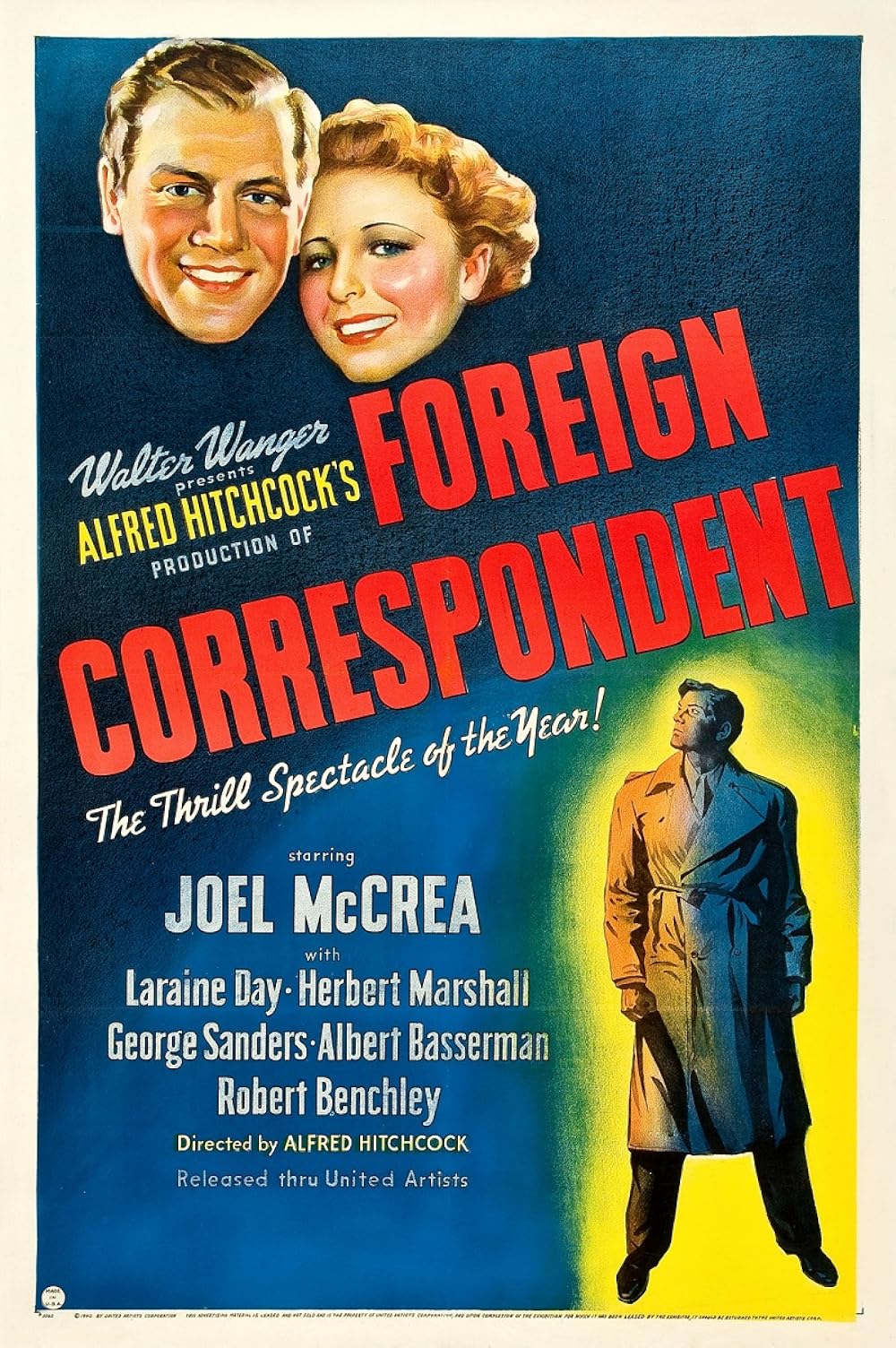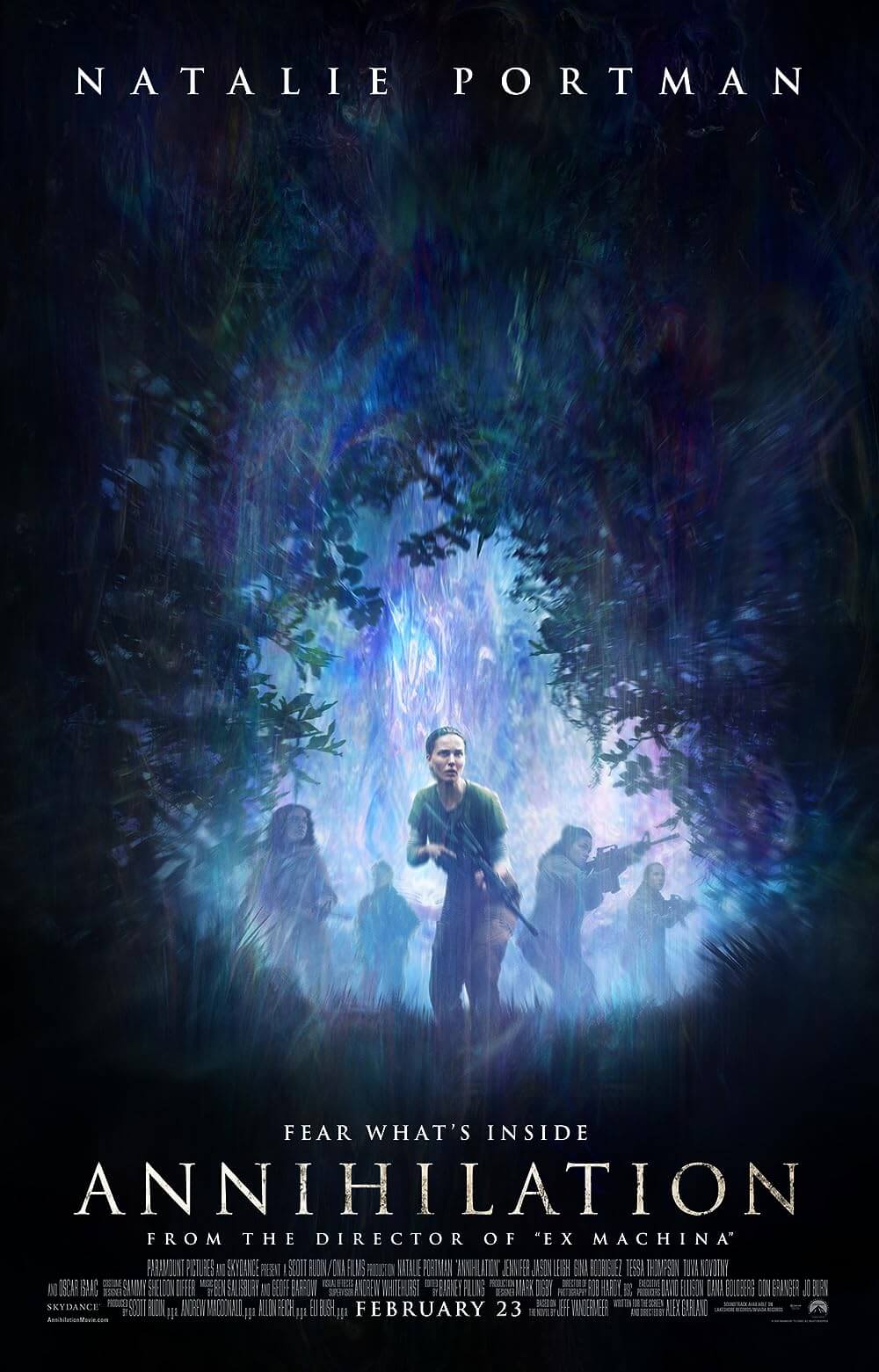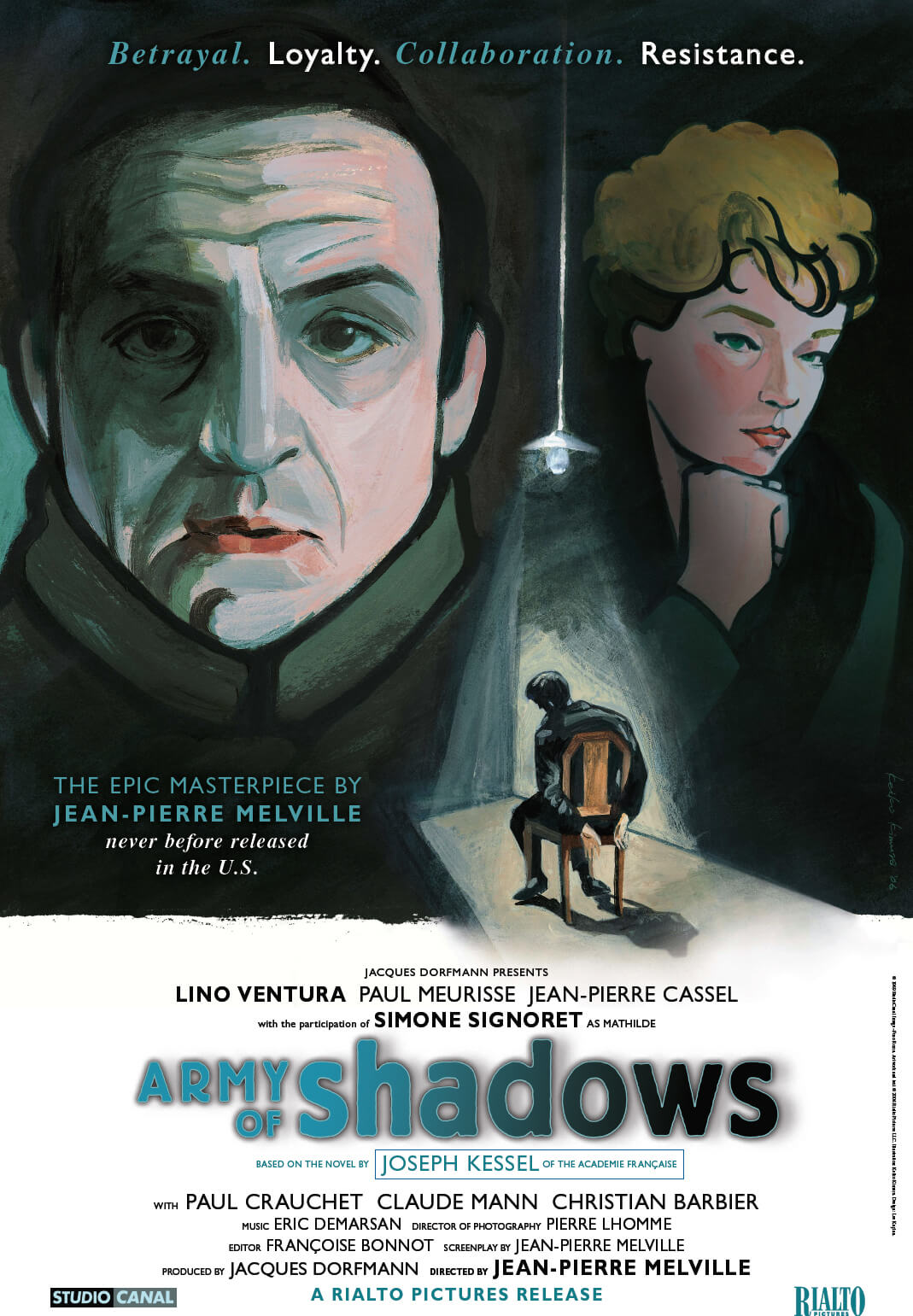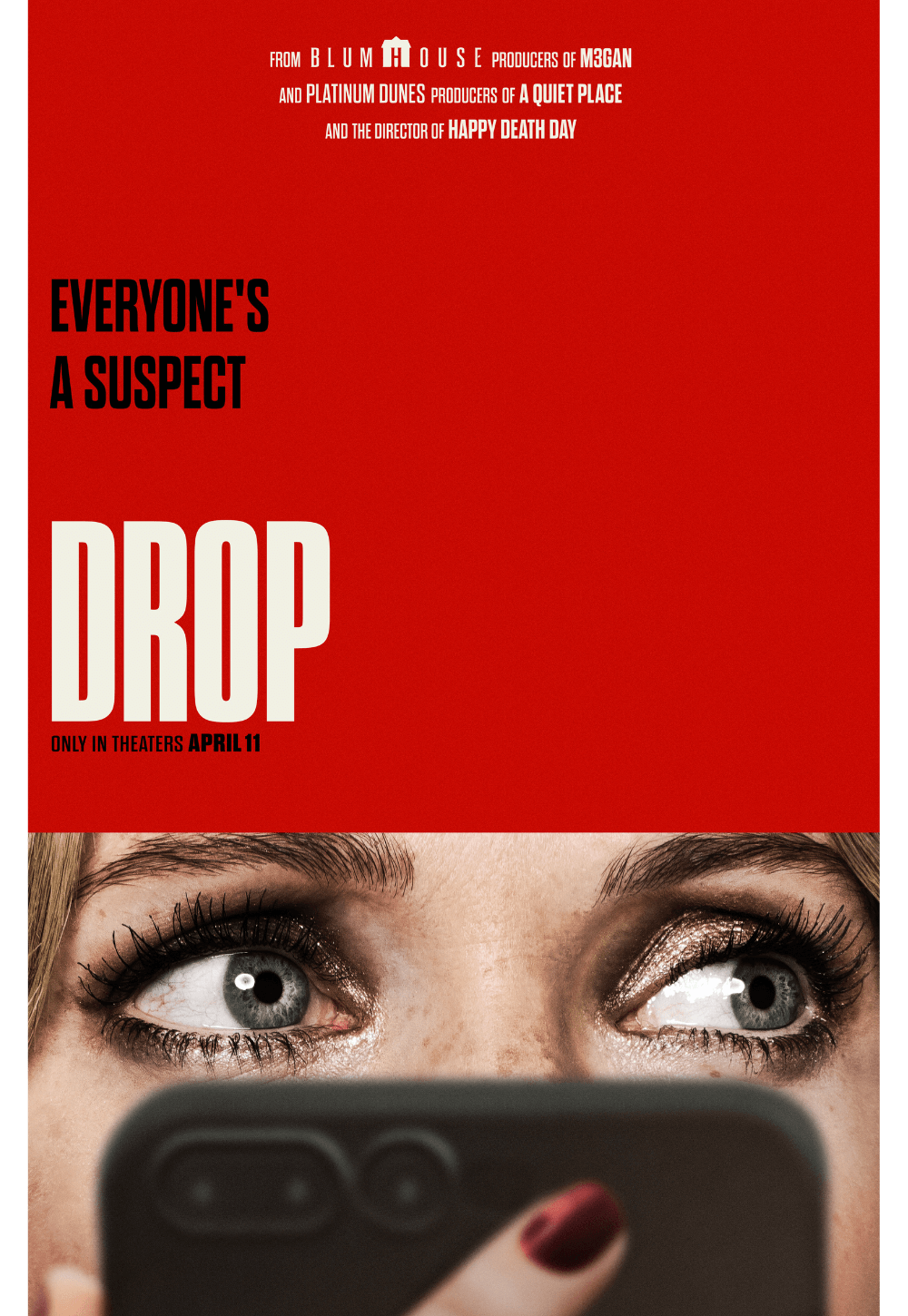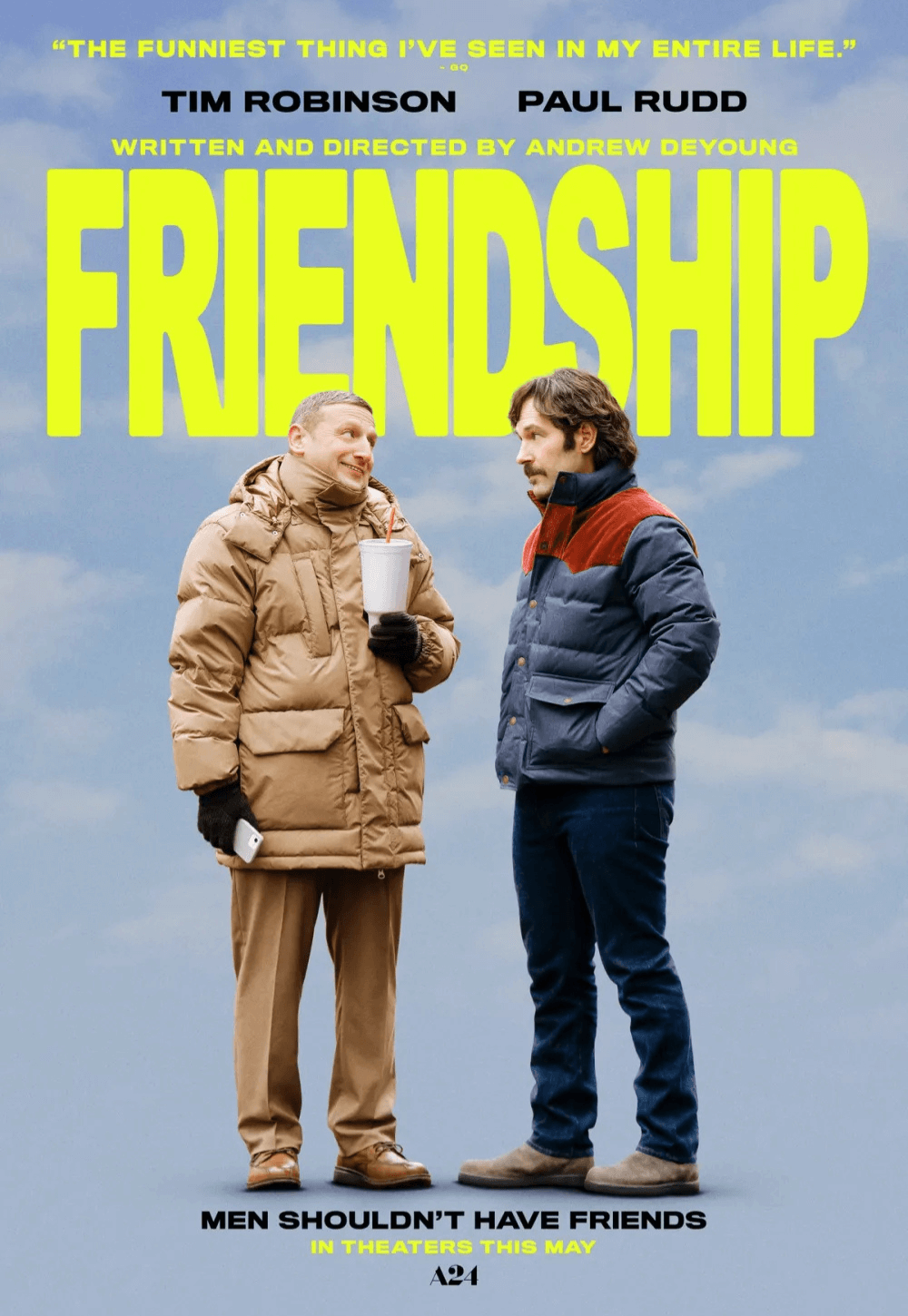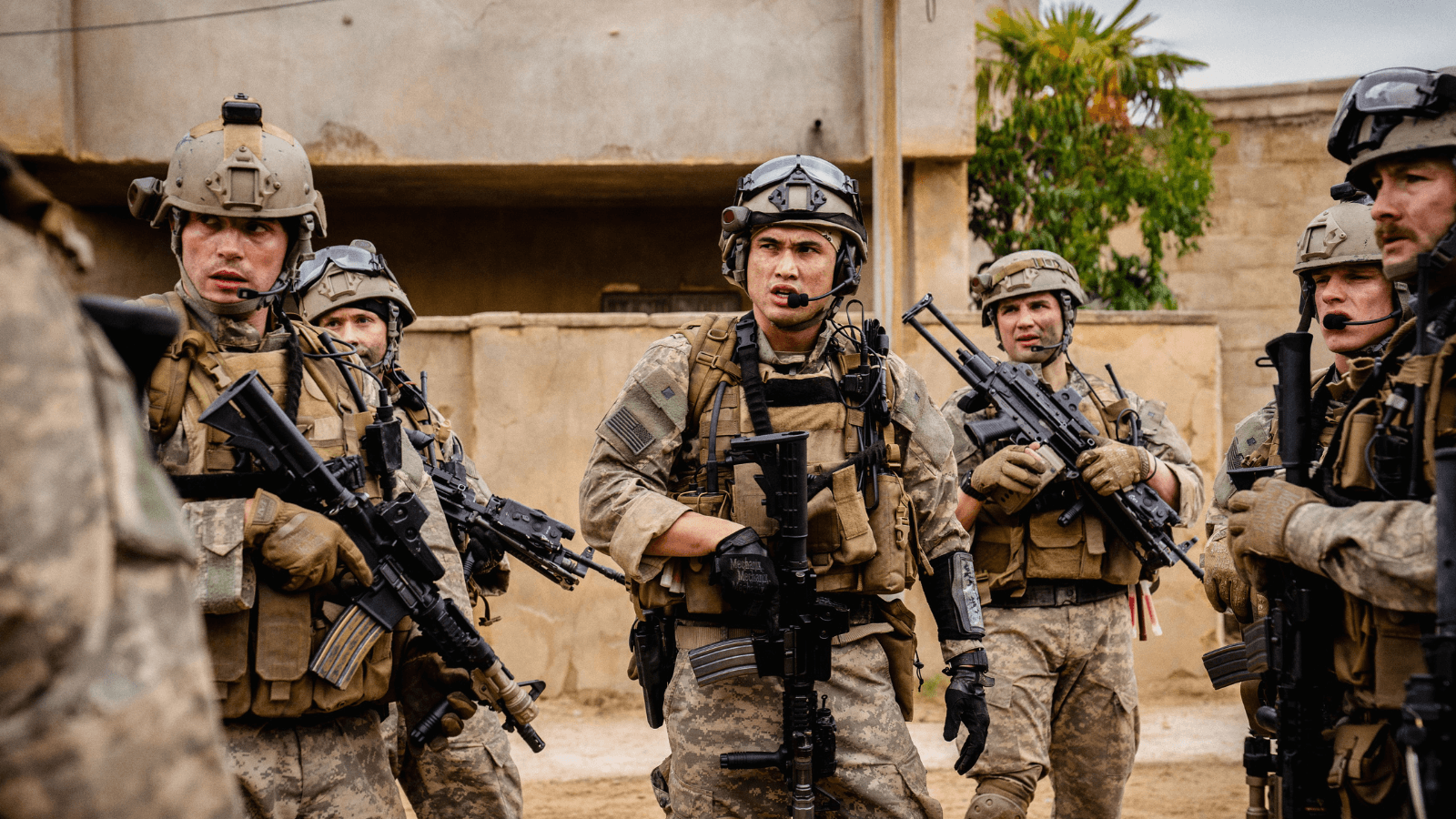
Warfare
By Brian Eggert |
Imagine receiving a knock on your door, and when you answer, soldiers enter your home and establish a temporary post to look for their enemies. They usher you, your spouse, and your two children into the bedroom while they occupy your house and prevent you from leaving. With men posted at every window, they watch the urban residential neighborhood, looking for suspicious activity. You and your family sit in the bedroom in terror, where you’re told to keep quiet and stay put. Eventually, insurgents attack from outside. Over the next 90 minutes or so, the soldiers take fire. When it’s over, your home is left riddled with bullet holes and drenched in the soldiers’ blood. The second floor has been blown to smithereens by tanks, which transport the soldiers away, leaving you rattled and your home in shambles. All your spouse can do is scream, “Why?!” This story is told in Warfare, although I’ve just given the Iraqi family homeowners more attention than the movie did. Instead, this is a battle reenactment feature about a real-life situation involving Navy SEALs in 2006. But it’s so focused on recreating the events from the SEAL’s perspective that it leaves no room for other contexts.
That’s by design. Iraq War veteran and co-director Ray Mendoza draws from his memories and those of his fellow SEALs to deliver a real-time account of what happened to them in Ramadi, Iraq, in 2006. After retiring from the Navy, Mendoza became a stuntman and military consultant in Hollywood. He met director Alex Garland during the production of last year’s film, Civil War, and designed that film’s unforgettable sequence where soldiers seize the White House. The two resolved to collaborate on Warfare, a film based on Mendoza’s real-life experiences in Iraq. They shared writing and directing duties, intending to capture the unrelenting nature of what Mendoza survived without the usual filmic artifice. The filmmakers eschew any mission details or political contexts. The Iraqi characters receive almost no attention, but even the SEALs’ names hardly stick. Warfare is a 95-minute attempt to take the expressivity out of the cinematic battle sequence. The result is spartan storytelling, reduced to a purely experiential and narratively skinned endeavor. However, as a feat of technical filmmaking, it’s a sublime piece of work.
Credited to Garland and Mendoza, the screenplay doesn’t establish rich characters or a clear understanding of the mission. D’Pharaoh Woon-A-Tai stars as Mendoza’s fictionalized stand-in alongside several familiar faces and young up-and-comers: Will Poulter, Joseph Quinn, Michael Gandolfini, Cosmo Jarvis, Charles Melton, and others. They pick an Iraqi family’s home (“I like this house. Let’s take it.”), and from inside, survey the city. The SEALs register less as characters than faces—one has a mustache, another chews tobacco, two share backwash from a bottle of water, and one has “new guy energy.” They all share a friendly jocularity endemic to soldiers (or gamers who play too much Call of Duty). Soon, they find themselves pinned down by Al Qaeda forces. After attempting to fight them off, they call for backup, deafening “show of force” flybys by American jets, and a tank rescue.
Setting out to accurately depict war, the filmmakers use extended takes, crisp photography, and jarring sounds to plunge viewers into the situation—all of which register as a sensory overload in an IMAX screening. Every tool in their kit is geared toward verisimilitude. Cinematographer Dave Thompson uses wide-angle lenses and a clear understanding of the house’s internal geography to set the stage. He never over-stylized the scene to distract from its convincing presentation. Sound designer Glenn Freemantle creates a cacophonous blend of shouting, radio chatter, gunfire, barking dogs, and explosions that never sound like those of a typical war or action movie. Instead, they result in acoustic trauma with pangs of tinnitus, leaving the shell-shocked soldiers inside an overwhelming wave of empty and muffled sound, as though they’re submerged underwater. This is interrupted by the screams of badly injured soldiers whose legs are shattered and heads are dazed after a sudden IED blast.
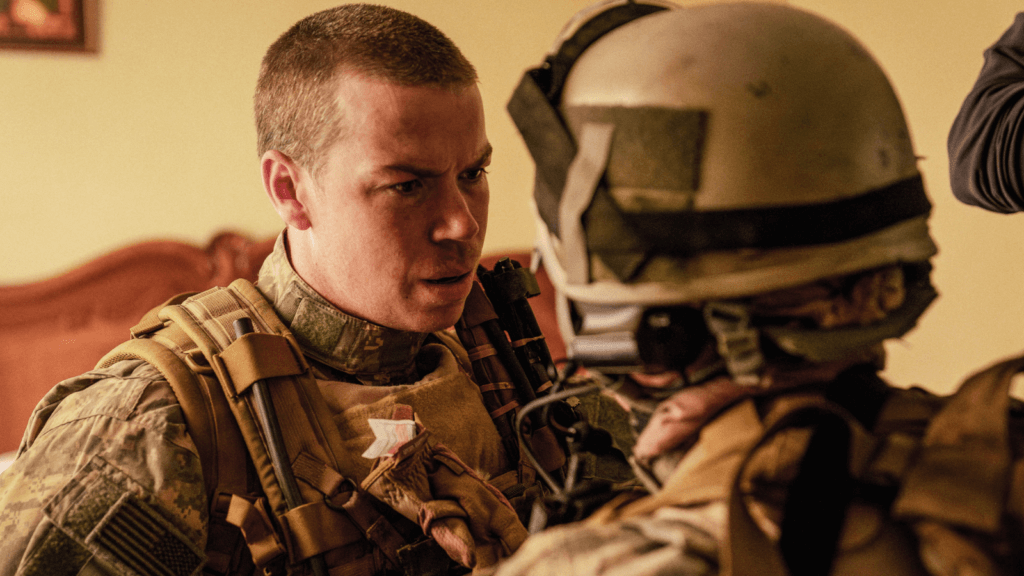
If there’s any persistent theme to Warfare, it’s captured in the poem “The Charge of the Light Brigade” by Alfred, Lord Tennyson: “Theirs not to reason why, theirs but to do and die.” The film’s utter lack of commentary, characterizations (for the Americans, but especially the Iraqi family), or contextualization is a source of frustration. Granted, that’s the point. Still, Garland often uses allegory and genre to explore grander ideas—see Ex Machina (2014), Annihilation (2018), Men (2022 ), and Civil War. His usual stripped-down, specific, and sci-fi-infused setups enrich their interpretive potential. However, Warfare lacks much of that potential because its singular objective is battle realism. The poignant ending, when the Iraqi family emerges from their home after the American soldiers depart, might have left us with an impression of the civilian collateral. But immediately following this potentially loaded moment, Warfare honors the real SEALs with photos and behind-the-scenes footage, showing them (with blurred faces) next to their on-screen counterparts in a celebration of their service.
The film expects too much by asking the viewer to ignore what contexts we might bring to it. It’s going for an apolitical approach, but how can we forget the mission to disarm Iraq of weapons of mass destruction that weren’t there, the George W. Bush administration’s revenge mission against Saddam Hussein, and the conceit of promoting democracy in Iraq? Most of the reasons for the mission prove either bogus or historically ironic (especially given the USA’s present struggles to maintain its own democracy), but they’re far from apolitical. And while the film’s audience likely knows about the political conditions that led to Warfare’s events, the sheer absence of narrative information shared with the viewer prevents a deeper meaning. Yet, these events stem from a real-world scenario lived by Mendoza and his fellow SEALs, and the filmmakers believe showing the situation is enough. When so many people on both sides die, it seems wrong somehow to ignore the factors that led to such incredible violence and loss.
In the press notes, Mendoza explains that he wanted to make the film “a reminder to the people who make the decisions to go to war that there are people that will answer that call so that others don’t have to—and usually it’s the youth of America.” Warfare is the cinematic equivalent of the exceptionalist “support the troops” slogan, replicating battle conditions with unflinching authenticity so viewers glean some small sense of what SEALs endure. It realistically conveys the chaos of battle, without the slow-motion emphasis or dramatic sentimentality found in most war movies—even those praised for their authenticity, such as Saving Private Ryan (1998). Confronting the reasons for war isn’t Warfare’s aim, but that also leaves the film at once singular yet limited. The film’s immersive formal approach sets aside the usual catharsis achieved by narrative cinema for an experimental exercise in technique. Mendoza and Garland accomplish a film that is impossible to deny in its visceral execution, even if its perspective remains narrow.
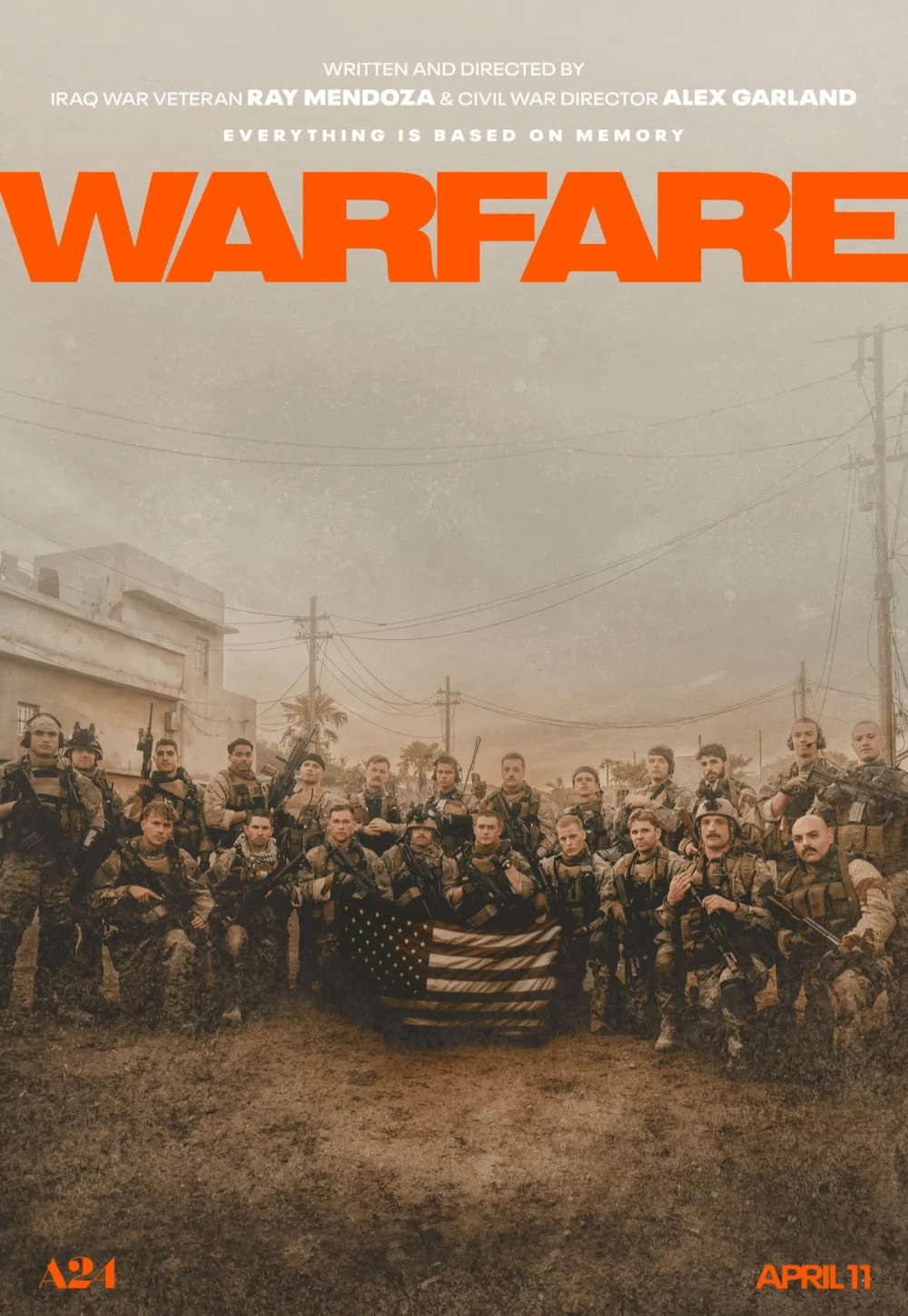
Consider Supporting Deep Focus Review
I hope you’re enjoying the independent film criticism on Deep Focus Review. Whether you’re a regular reader or just occasionally stop by, please consider supporting Deep Focus Review on Patreon or making a donation. Since 2007, my critical analysis and in-depth reviews have been free from outside influence. Becoming a Patron gives you access to exclusive reviews and essays before anyone else, and you’ll also be a member of a vibrant community of movie lovers. Plus, your contributions help me maintain the site, access research materials, and ensure Deep Focus Review keeps going strong.
If you enjoy my work, please consider joining me on Patreon or showing your support in other ways.
Thank you for your readership!
Brian Eggert | Critic, Founder
Deep Focus Review


